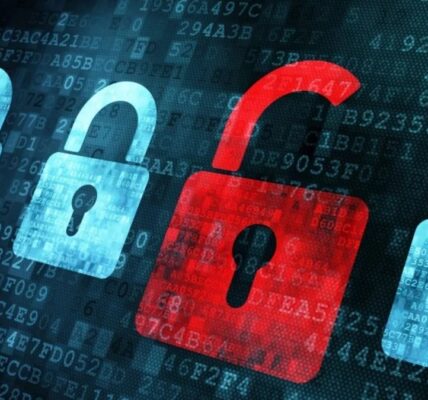Raise your hand if you’ve ever scanned a QR code.
*Looks around the room*
Yep. Pretty much everyone. These things are everywhere, from apps to Coke bottles. But have you ever considered implementing them into cybersecurity protocols?
In a world where digital security is paramount, QR codes have emerged as a versatile, cutting-edge tool. How can we make them work for our needs, though?
You’re about to find out. Today, we’ll explore how QR codes have evolved in security, debunk common myths, and highlight best practices for their secure implementation.
The Evolution of QR Codes in Cybersecurity
That small QR code has come a long way since it was introduced in 1994 by Denso Wave, a Toyota subsidiary.
Originally intended to streamline vehicle manufacturing processes, their quick readability and large storage capacity soon found broader applications.
Over the past decade, QR codes have become indispensable in cybersecurity. They offer innovative solutions to protect sensitive information and enhance user authentication.
Benefits of QR Code Implementation in Security Practices
Here’s how they can and are being used in the field.
User Authentication
QR codes simplify user authentication, reducing the risk of phishing attacks. By generating unique codes for each login session, they provide a secure, seamless experience.
Data Encryption
QR codes can store encrypted data, ensuring that only authorized users can access sensitive information. This makes them ideal for securing transactions and confidential communications.
Access Control
From granting physical access to secure facilities to managing digital entry points, QR codes offer a flexible, efficient way to control access and monitor usage.
Common Misconceptions About QR Codes and Security
While QR codes can be exploited if not properly managed, proper security measures can mitigate these risks. Using secure generators and encrypting data within the code are effective strategies.
Not all QR codes offer the same level of security. Dynamic QR codes, which can be updated in real time, provide higher levels of protection than static codes.
The potential of QR codes extends far beyond simple scanning. In cybersecurity, they can be used for advanced applications like multi-factor authentication and secure data transfer.
Best Practices for Secure QR Code Usage
Always generate QR codes using reputable sources to ensure they are free from malware and other malicious activities. While that may seem obvious, here are some tips that may not be:
Implement Encryption
Encrypt the data stored within QR codes to add an extra layer of security. This ensures that only authorized users can decipher the embedded information.
Regularly Update QR Codes
Dynamic QR codes should be regularly updated to prevent unauthorized access and keep the embedded information secure.
QR Code Security Solutions in Action
Several banks have successfully implemented QR codes for transactions, reducing fraud and improving user experience. For instance, HSBC uses QR codes for secure logins and transaction verifications.
Healthcare
In the healthcare industry, QR codes securely transfer patient information. Hospitals use them to track medical histories and share data among authorized healthcare providers securely.
Corporate Security
Companies like IBM have integrated QR codes into their access control systems, providing employees with secure entry to sensitive areas and reducing the risk of unauthorized access.
Where the Tech is Going
Did you think you’d read an article about cybersecurity without referencing AI? If you did, you thought wrong.
Combining QR codes with AI and blockchain technology promises even greater security. AI can detect anomalies in QR code usage, while blockchain ensures the integrity and immutability of the data.
As the Internet of Things (IoT) expands, QR codes will help securely connect and authenticate devices within networks.
Future advancements will focus on enhancing user experience while maintaining high security levels. Expect to see more user-friendly applications that simplify secure interactions.
The TLDR? It’ll be better and even more secure than it is right now, which is a good thing.
QR Codes May Be the Future of Security
As the industry continues to play with QR codes to see what they can do, we’re finding that right now, we’re only barely scraping the tip of the iceberg as far as potential.
QR codes offer a multitude of applications that enhance digital security frameworks, from streamlining user authentication to ensuring the secure transfer of sensitive information. Adopting best practices such as encryption and regular updates will mitigate risks and leverage QR codes as a formidable tool in a cybersecurity arsenal.
The ongoing integration of emerging tech like AI and blockchain further amplifies their utility, setting the stage for even more security measures in the future.
In a world increasingly dependent on digital interactions, the strategic implementation of QR codes could very well shape the future of security, offering a blend of convenience and advanced protection tailored for today’s cyber landscape.
Mastering QR Code Implementation in Cybersecurity Solutions (iemlabs.com)





